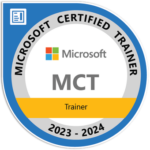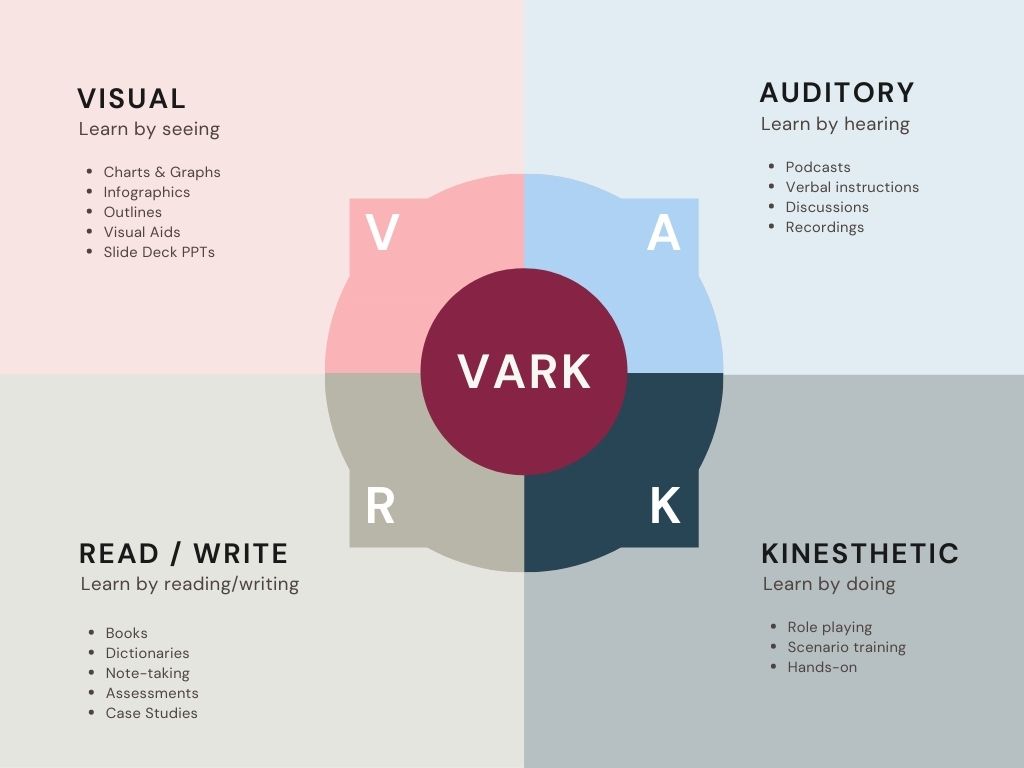5 tips every technical trainer should read
In February 2023 I attended a five-day Technical Trainer course, aiming to take and pass the Comptia Technical Trainer (CTT+) exam, with the ultimate goal of becoming a Microsoft Certified Trainer (MCT). As of today, I can proudly call myself MCT.
The CTT+ exam was very valuable for me in many ways and originally I was planning on writing a blog post on how I prepared for the exam and my tips on how to pass it, like the AZ-900 and AZ-104 study guides I posted before. However, during the planning of the course and the accompanying blog post, CompTia announced that the CTT+ will permanently retire in 2023. The last day to take your theory exam (TK0-201) is September 30, 2023 and the last day for your video submission (TK0-202 or TK0-203) is October 31, 2023.

Therefore I decided there will share the five takeaways I found most useful:
- People learn in different ways.
- Communication is key.
- Preparation is everything.
- Always be honest.
- Enjoy training, or don’t do it at all.
1. People learn in different ways
The CTT+ exam and the accompanying book go into great detail on the different ways people, especially adults, learn. Several (scientifically) researched instruction methods are discussed. And although you will not be quizzed on the exact meaning and definition of each theory, they are useful tools to adapt your training to each learner. The theory that helped me most was the VA(R)K model, which explains that people learn in different ways.
VA(R)K model
The VAK model, or sometimes VARK model, describes the way people learn. VARK stands for visual, auditory, reader and kinesthetic. Simply put, this means that people learn by seeing (visual), hearing (auditory), reading (reader) or experiencing / touching (kinesthetic). This theory really helped me realize that you can so easily adjust a training to appeal to all learning styles: make visual sheets with information and/or graphics, speak about what you are trying to teach, hand out a recap or other way of reading up on the information and make sure you include exercises to experience whatever you’re teaching. Most classes will already be designed like this, but when designing your own training and delivering training, keeping this in mind will help you to consciously reach all learners in their preferred way.

Other theories
The exam covers some more learning theories, that can be very informative to take a look at. These three were most applicable for me personally:
2. Communication is key
I remember my first technical training all too well. I was in an ice-cold room, with only one outlet, no remote to switch on the large TV screen and no lunch facilities were available. The result was that people were shivering, we spent the first 15 minutes of the training day trying to find extension cords and the TV remote and lunch break had to be extended to allow people to walk to a nearby supermarket. I felt overwhelmed and powerless. The CTT+ course has taught me that this can all be prevented by communicating with your venue and/or contact person.
Once you book a venue yourself or once you are hired to train at a specific location, these issues can all very easily be prevented. Make a checklist of everything you need for your technical training. Don’t assume there will be enough power outlets, make sure they’re on your checklist. Communicate your checklist with your venue, preferably before booking, or with your contact person, preferably before agreeing to give the training. Make sure you arrive at least 30 minutes before your class starts, to make sure that the physical room lives up to your expectations. If it does, you’ll have plenty of time to have a coffee. If it doesn’t, you’ll have plenty of time to fix the missing items or move to another room that does meet your requirements.
It sounds so simple, yet so many people forget doing this. After reading this, you won’t!
3. Preparation is everything
Communicating your venue or contact person is not the only step in the preparation process. In fact, I learned that preparation often is the biggest part of your technical training class. There are some obvious steps in preparation, yet they are still easily forgotten.

First of all, make sure you know your training. Yes, you should know for every sheet in your presentation exactly what you’re going to say and how you are keeping your learners involved with interactive questions, exercises and anecdotes. My first training was about a subject I am very familiar with, so I thought I could just improvise. Students noticed I was improvising and the feedback they gave me was mostly on me looking insecure. With just a little more preparation, knowing what the slideshow was about, I would’ve come across as confident as I felt.
Another important part of preparation is time management. Make sure you schedule breaks at certain points, so people can grab a cup of coffee or use the bathroom. This will also keep learners involved, since no-one likes to listen to someone talk for two hours straight. Make sure any labs or other exercises come with a specific amount of time to complete it and make sure they can actually be completed within that amount of time. You don’t want to run half an hour late, resulting in hungry students, or two hours early, resulting in people wondering why they took off an entire day of work for this training. Plan your time and stick to your planning.
The last takeaway that really changed everything for me: talk to your learners before the course starts. I don’t mean to have a cup of coffee, five minutes before the start. I mean: take the time to write an e-mail lining out the learning objectives for the course and asking learners what they want to achieve. This serves two purposes. For one, you will manage expectations. Learners that arrive to the (first day of) training will know what to expect and what they can learn from your training. On the other hand, you can also adjust the training to meet learner’s needs. Or if learners expect something from the training that will not be covered and is not within the learning objectives, you can explain why this is not covered and even recommend further resources to give them the knowledge they’re looking for. Overall, getting in touch with learners before the training will help you get more attention and interest from learners, which will benefit the achievement of learning objectives and the overall fun in your technical training.
4. Always be honest
Did you ever train on a subject, where a student asks a very specific or detailed question that you don’t know the answer to? Almost every technical trainer has encountered this. You could of course bluff your way through it, because you are afraid of showing students that there are things you don’t know. However, when students find out, this might breach a trust you are forming between you and the students. And even more important, it will not benefit the learner in any way, since they might learn something that isn’t even correct.
The best way to deal with this is: be honest. Don’t bluff, just say you do not know the answer to their question. The next step is of course to reassure the learner that you will find out the answer to their question and get back to them. Make sure you do this, too. Send an email, call the learner or get back to their question on the next training day, if possible. This will achieve the exact opposite of bluffing: learners will trust you, both for being honest and for living up to your promise of getting back to them.
5. Enjoy training, or don't do it at all
The biggest takeaway after a five-day technical trainer course was definitely: you should enjoy it. It requires a lot of time and effort to prepare for and deliver a technical training and this is very hard if you don’t enjoy it. Training should be something you like doing and sharing knowledge should be your passion. Else, you will have a hard time delivering the training and your students might feel like they could better. If you realize training others is not your thing, there’s no shame in that. Just leave it up to people who do enjoy this.

My future as a technical trainer
I am excited to teaching giving official Microsoft courses, but the CTT+ also taught me how to design and develop a training course. So besides official Microsoft curriculum, I will also start developing courses on the subjects I love to talk about, in order to share my knowledge with everyone who wants to hear it.

